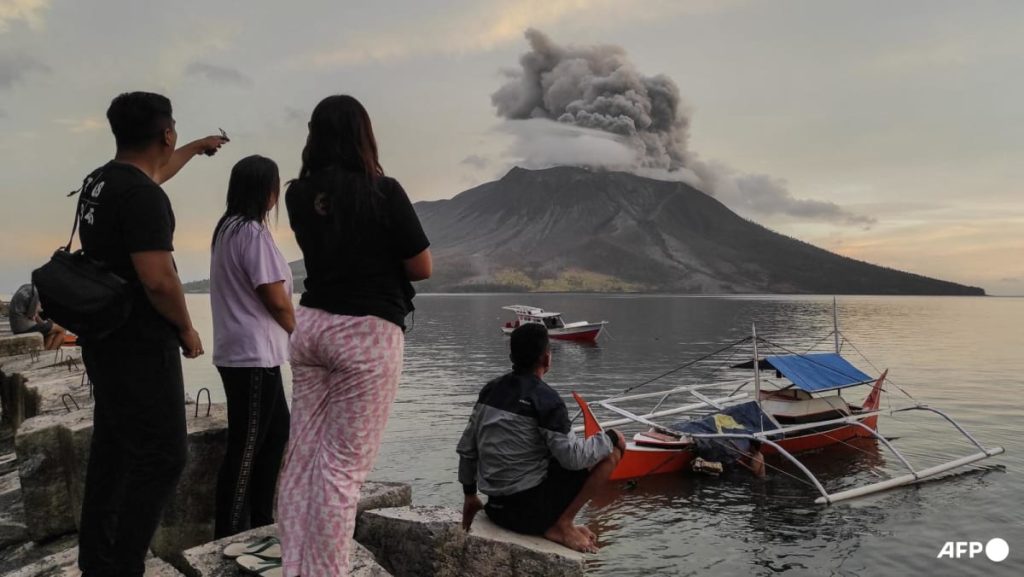On the small island of Ruang, located in Indonesia, all 838 residents were successfully evacuated before rescue teams arrived during a volcanic eruption. This successful evacuation has garnered attention from experts in disaster preparedness, who believe that Ruang’s response offers valuable lessons for other communities in volcanic areas. The coordination and efficiency displayed in evacuating the entire population of the island demonstrate the importance of having a well-developed disaster preparedness plan in place.
The evacuation of Ruang island serves as a prime example of how proper planning and organization can save lives in the face of natural disasters. By ensuring that all residents were able to safely leave the island before rescue teams arrived, authorities were able to prevent any casualties or injuries during the volcanic eruption. This highlights the crucial role that early warning systems and effective communication play in disaster preparedness, allowing for timely evacuation procedures to be implemented.
Experts have praised the efforts of the authorities on Ruang island for their swift and successful evacuation of the population. The lessons learned from this experience can be applied to other communities living in volcanic areas, emphasizing the importance of having a well-drilled evacuation plan in place. By practicing and implementing these plans before a disaster strikes, communities can minimize the risk of injury or loss of life during volcanic eruptions or other natural disasters.
The evacuation of Ruang island also underscores the vital role that community cooperation and coordination play in disaster preparedness. The successful evacuation would not have been possible without the combined efforts of authorities, residents, and rescue teams working together to ensure the safety of everyone on the island. This serves as a reminder of the importance of building strong community resilience and fostering a sense of collective responsibility in preparing for and responding to natural disasters.
The lessons learned from the evacuation of Ruang island can be applied to communities around the world living in volcanic areas. By prioritizing disaster preparedness, developing early warning systems, and practicing evacuation drills regularly, communities can significantly reduce the risk of casualties and damage during volcanic eruptions. The success of Ruang island’s evacuation serves as a model for other communities to follow in preparing for and responding to natural disasters.
In conclusion, the evacuation of Ruang island before rescue teams arrived serves as a powerful example of effective disaster preparedness in the face of a volcanic eruption. The successful evacuation of the entire population of the island demonstrates the importance of early warning systems, coordination, and community cooperation in minimizing the risk of casualties during natural disasters. The lessons learned from Ruang island’s response offer valuable insights for other communities living in volcanic areas, emphasizing the critical importance of having well-developed evacuation plans in place to ensure the safety and well-being of residents.


